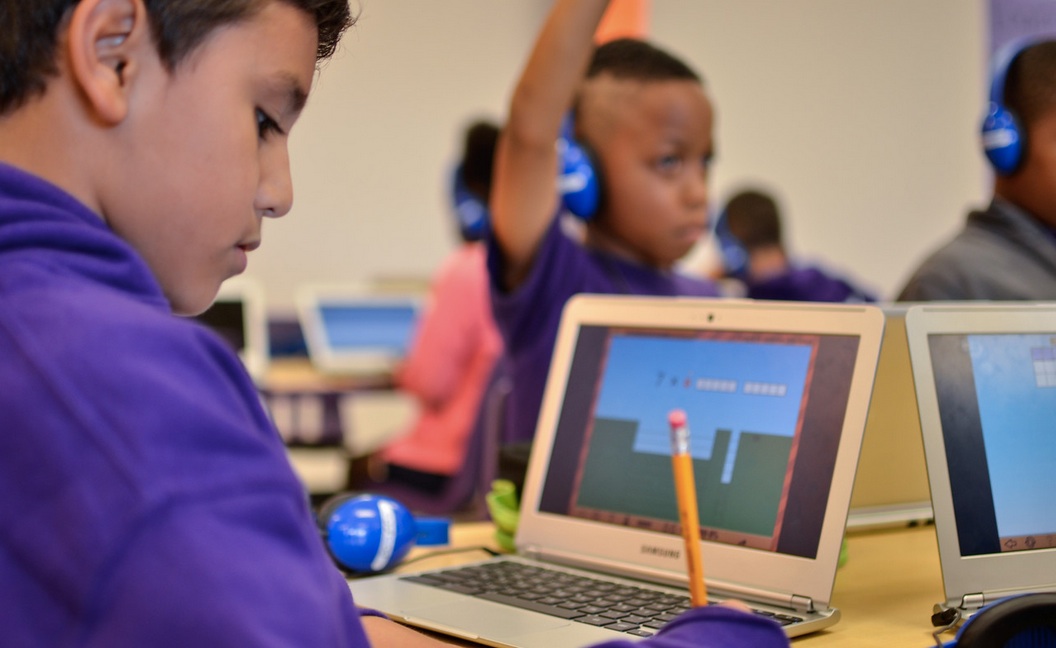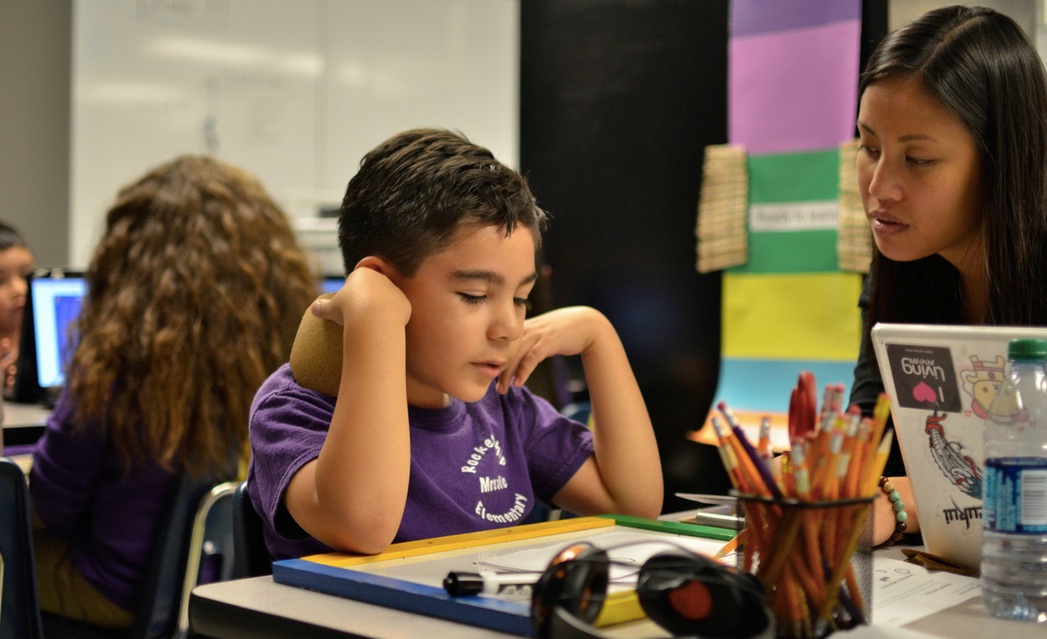
The Wild West: My California Gold Rush Experience
by Milton Bryant, Fifth Grade Teacher, Ketcham Elementary School
This post was originally published on Blend My Learning. It is being re-published here with permission from EDUCAUSE.
 Earlier this year, as a member of CityBridge Foundation’s 2014 Education Innovation Fellowship, I was afforded the opportunity to visit a number of schools in California and Detroit that are implementing different models of personalized and blended learning. All of the schools had important takeaways, but two of them—Rocketship and Summit Denali—stood out because of their instructional practices and overall models.
Earlier this year, as a member of CityBridge Foundation’s 2014 Education Innovation Fellowship, I was afforded the opportunity to visit a number of schools in California and Detroit that are implementing different models of personalized and blended learning. All of the schools had important takeaways, but two of them—Rocketship and Summit Denali—stood out because of their instructional practices and overall models.
At Rocketship, I took away so many little golden nuggets, but none larger than the idea of implementing a flex model math block. Large classes are split into two at Rocketship: One group of students work on computer programs like ST Math or Dreambox with support from teaching assistants and lab techs, while the other half works directly with the teacher receiving content instruction. Observing this model at Rocketship made me question what I had been taught and what I was doing in my classroom. I wondered if this method of instruction could help me get closer to providing every student in my class some of the “golden nuggets” for learning by giving them what they needed, when they needed it.
So instead of continuing to question it, I actually implemented some of the practices that I observed during my visits. In February of this year, I created a schedule that split our class up into two different math groups. Each group would have 20 minutes on the computer and 20 minutes of direct instruction. On the computer, students would work on programming that helped them fill gaps in their learning. During direct instruction, we worked on grade level content, but it was differentiated for the different groupings to best meet their needs. My pilot worked extremely well, but there were still some students who were not challenged enough or given enough opportunities to work with their classmates to question each other’s thinking.
What could I do next?
This is where my visit to Summit Denali Middle School came into play. Summit Denali uses a competency-based progression that relies heavily on playlists to deliver content-specific knowledge. This model allows teachers to focus more on teaching cognitive skills. In Summit Denali’s model, students are allowed to showcase their learning through quizzes and independent or group projects.
I decided to change my math block based on Summit Denali’s instructional model. My students began having weekly individual conferences with me to review their progress and determine the math skills they wanted to work on after showing mastery of the prior selected skills.
During the 40-minute math block, students had to complete three things before they could select new skills. First, students learned the content from one of the personalized learning tools. Second, students moved on to collaborate with peers and discuss their learning or take a quiz to assess their level of understanding. Then, if students scored 75% or higher on a quiz, they moved on to the third component: projects. To show mastery on the project, students had to be able to communicate how they solved or completed the project, create a model representing the project, and accurately solve the project or problem.
This last iteration of my personalized learning math pilot was successful in my classroom because the students believed in it and took ownership of. These “golden nuggets” are what my students will build their empires on!
Milton Bryant is a fifth grade math and science teacher at Ketcham Elementary School and a CityBridge Foundation 2014 Education Innovation Fellow. He also serves as the blended learning/math coach and DC Public Schools Lift Ambassador. Milton transitioned to a career in education through the Center for Inspired Teaching Certification program; he completed his undergraduate studies at the University of Maryland and received his master’s degree from Capella University. Follow him on Twitter at @InspireMB.
Published on January 5, 2015
Read more stories about: Education Reform.


